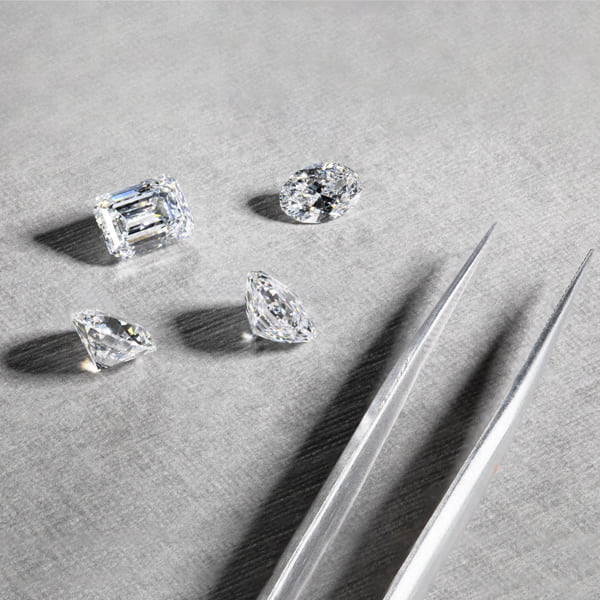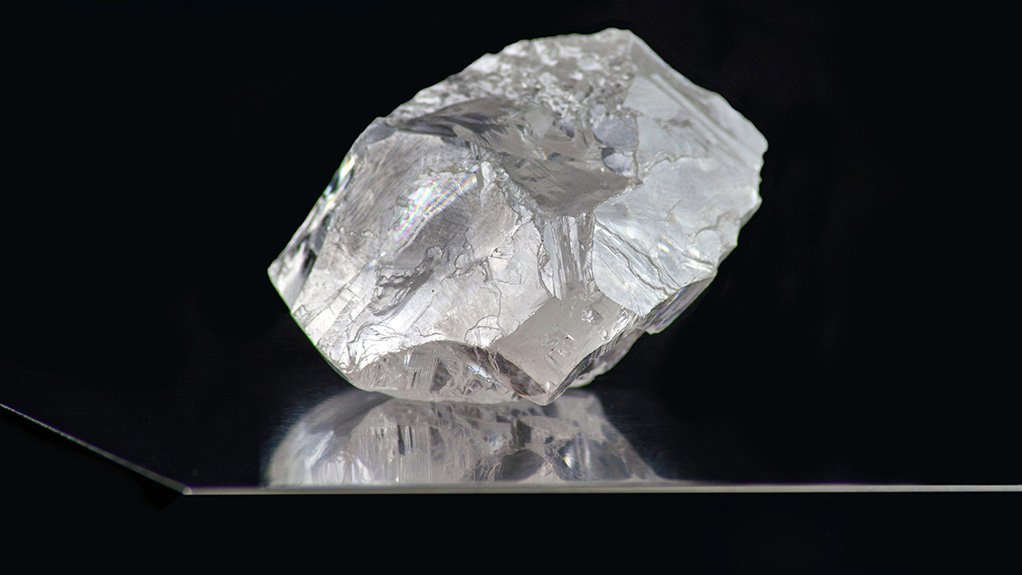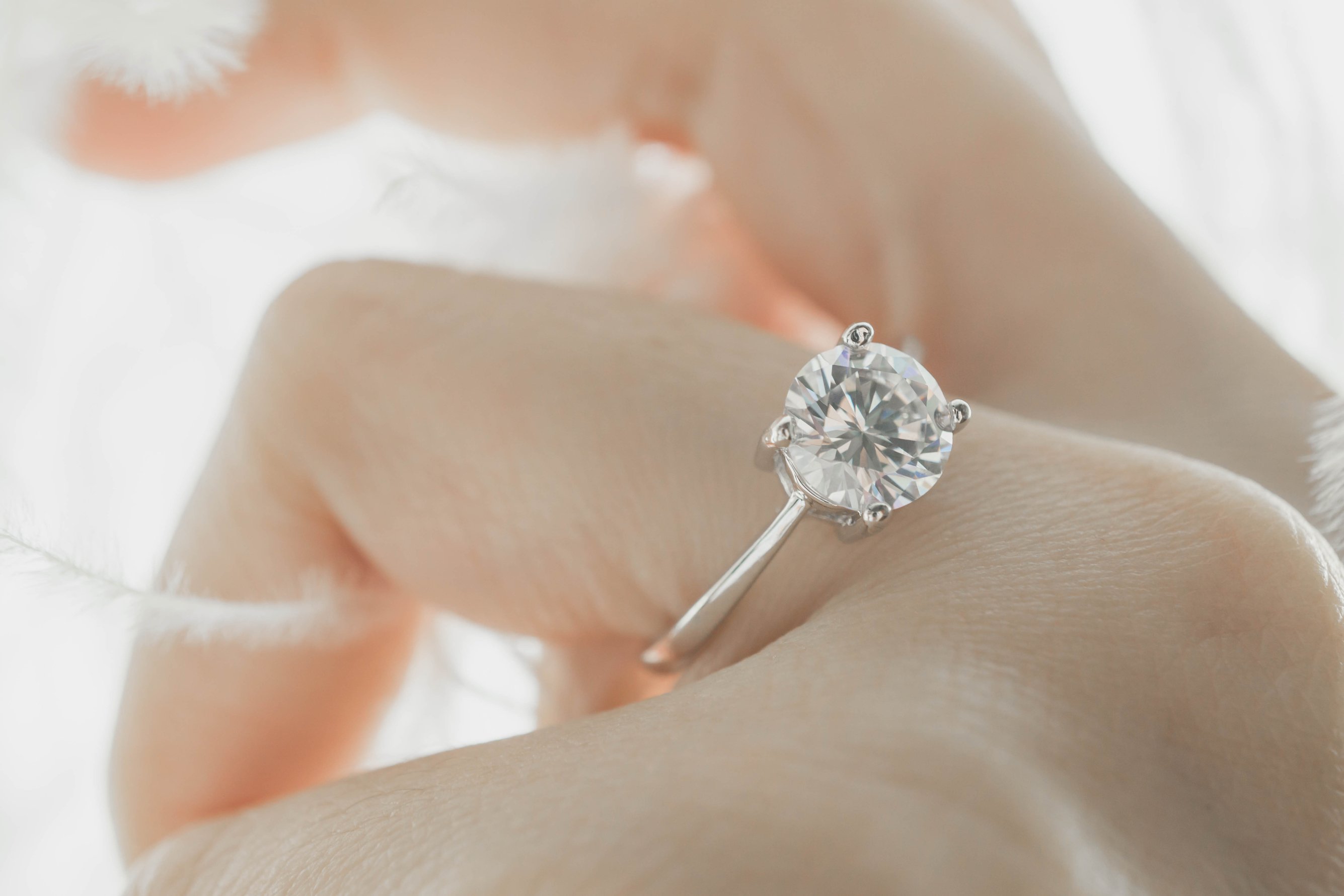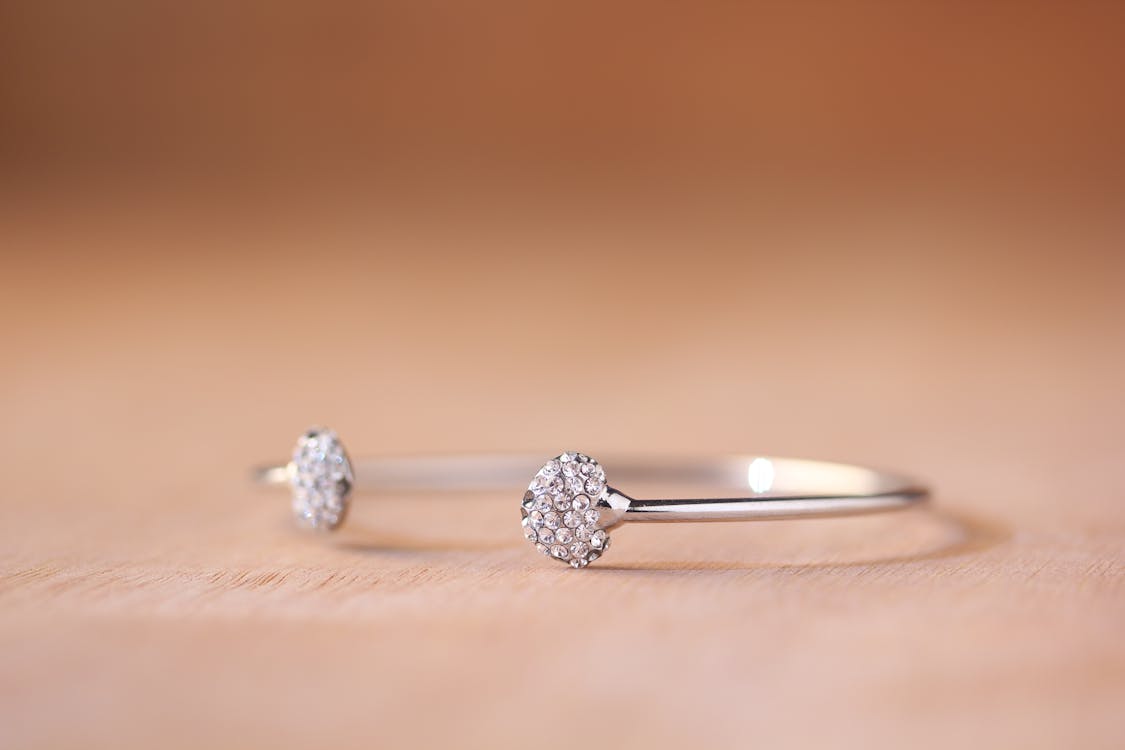Lab diamond rings have turned into an image of current elegance and sustainability. Crafted with precision and an eye for detail, these rings are a testament to the advanced innovation and artistic craftsmanship that characterize contemporary gems plan. In this article, we investigate the allure of lab diamond rings claws, zeroing in on the job of claw settings and the special qualities of lab diamonds.
The Ascent of Lab Diamonds
Another Era in Diamond Creation
Lab diamonds, also known as engineered diamonds, are created utilizing advanced technological cycles that replicate the natural diamond formation. These diamonds are grown in controlled environments utilizing High Strain High Temperature (HPHT) or Chemical Vapor Deposition (CVD) techniques. The outcome is a diamond that is chemically, physically, and optically identical to a mined diamond, however with a significantly smaller environmental impression.
Environmental and Ethical Advantages
Picking lab diamonds is a statement of environmental consciousness and ethical responsibility. Traditional diamond mining has long been associated with ecological damage and questionable labor practices. In contrast, lab-grown diamonds are delivered without the broad land disruption and ethical concerns, making them a sustainable and sans conflict alternative.
The Art of Claw Settings
Precision and Protection
The claw setting, also known as the prong setting, is one of the most popular and secure strategies for mounting diamonds in rings. This setting includes utilizing metal claws to hold the diamond in place, allowing maximum light to enter and reflect through the stone, enhancing its brilliance and fire.
Variety in Claw Plans
Claw settings come in various plans, each offering a one of a kind tasteful and level of safety. Probably the most common claw settings include:
Four-Claw Setting: Gives a balanced and classic look, allowing the diamond to take the all important focal point.
Six-Claw Setting: Offers additional security with a more intricate plan, frequently utilized for larger diamonds.
Twofold Claw Setting: Features two claws at each corner, giving an extra degree of detail and protection.
Material Decisions for Claws
The metal utilized for the claws can also impact the overall appearance and durability of the ring. Popular decisions include:
Platinum: Known for its solidarity and hypoallergenic properties, platinum is a top notch decision for claw settings.
White Gold: Offers a similar shift focus over to platinum at a lower cost, with the added advantage of customization through rhodium plating.
Yellow Gold: Gives a classic and immortal appeal, contrasting beautifully with the sparkle of a lab diamond.
Planning the Ideal Lab Diamond Ring
Custom Creations
One of the significant advantages of lab diamond rings is the ability to create custom plans. With lab diamonds, customers have the adaptability to pick the exact specifications for their diamond, including cut, variety, clarity, and carat weight. This degree of customization allows for the creation of one of a kind and personalized pieces.
Popular Ring Styles
Lab diamond rings are available in a variety of styles, catering to various tastes and inclinations. A few popular styles include:
Solitaire Rings: Featuring a solitary lab diamond, solitaire rings are immortal and elegant, showcasing the diamond’s natural beauty.
Halo Rings: Surrounding the middle stone with smaller diamonds, halo rings add extra sparkle and create the illusion of a larger diamond.
Three-Stone Rings: Representing the past, present, and future, three-stone rings are wealthy in meaning and plan.
Engagement and Beyond
While lab diamond rings are many times picked for engagement rings, their appeal reaches out beyond matrimonial gems. They are a fantastic decision for anniversary presents, birthday presents, or any special occasion where the brilliance of a diamond can represent lasting adoration and responsibility.
Quality and Certification
Grading Lab Diamonds
Very much like mined diamonds, lab diamonds are graded by reputable organizations, for example, the Gemological Foundation of America (GIA) and the International Gemological Establishment (IGI). These grading reports give detailed information on the diamond’s cut, variety, clarity, and carat weight, ensuring transparency and quality assurance.
Ensuring Authenticity
Purchasing lab diamond rings from believed gem dealers guarantees the authenticity and quality of the diamonds. Reputable goldsmiths give certification and detailed descriptions, assisting customers with making informed decisions.
The Eventual fate of Lab Diamond Adornments
Innovations in Lab Diamond Production
The innovation behind lab diamond creation is continually advancing, leading to significantly more refined and top notch diamonds. These innovations are making lab diamonds more accessible and desirable, with increased options for customization and plan.
Developing Popularity
As awareness of the advantages of lab diamonds spreads, their popularity continues to rise. Consumers are increasingly focusing on sustainability and ethical considerations, making lab diamond rings a favored decision for many.
Investment Value
Lab diamond rings not only proposition beauty and sustainability yet in addition address a shrewd investment. As the market for lab diamonds develops, so does their value, making them a beneficial addition to any gems collection.
Conclusion: The Immortal Appeal of Lab Diamond Rings
Lab diamond rings, with their combination of ethical advantages, environmental advantages, and shocking beauty, address the eventual fate of fine adornments. The precision of claw settings enhances the brilliance of lab diamonds, creating pieces that are as durable as they are dazzling. Whether picked for an engagement, anniversary, or special occasion, lab diamond rings are a testament to cherish, responsibility, and current elegance.




